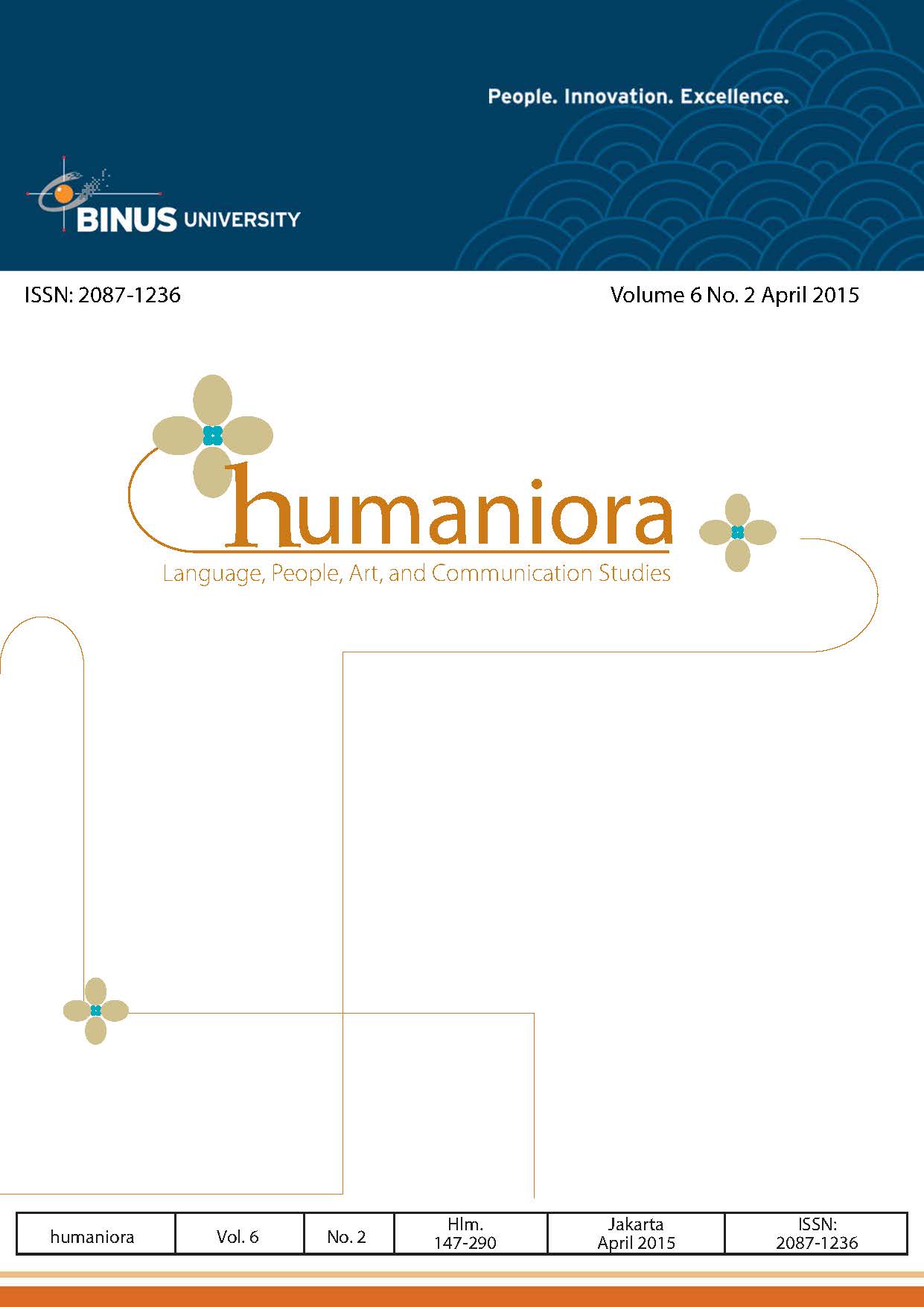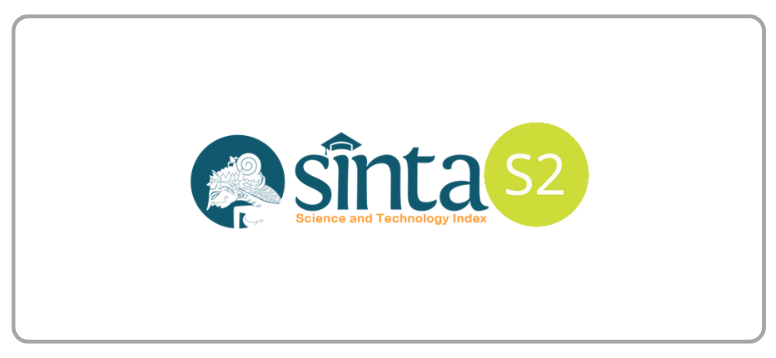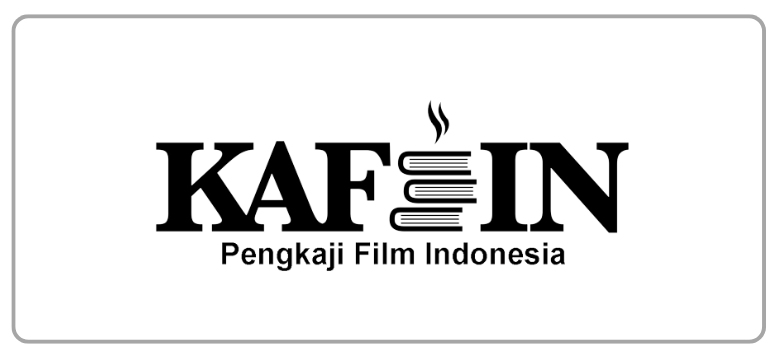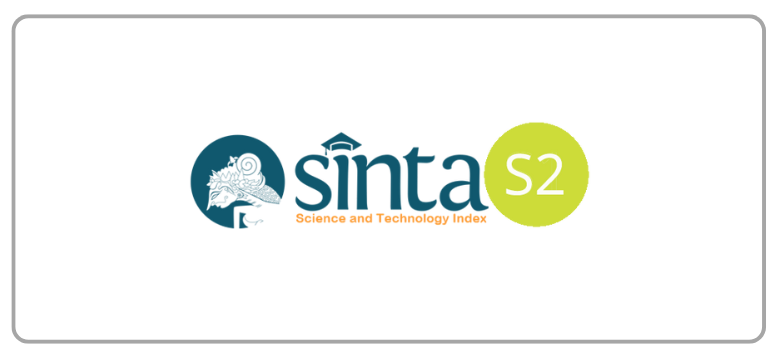The Influence of Shaolin Teaching to Houjie’s Personality Change in Shaolin Film(2011) 少林教义对侯傑在《新少林寺》电影ä¸äººæ ¼å˜åŒ–çš„å½±å“
DOI:
https://doi.org/10.21512/humaniora.v6i2.3328Keywords:
shaolin, teaching, character, Houjie, new shaolinAbstract
New Shaolin is a famous film from China. The story tells about Houjie’s life and his personality change. Shaolin’s positive influence in Houjie’s life is the main purpose of this research. Research used references and the theory of Sigmund Freud of ID, Ego and Superego to analyze Houjie’s personality change. Result shows that
after receiving Shaolin’s teaching, he became a better man. In Shaolin, Houjie was forgiven. Shaolin’s teaching such as chanting a scripture can help improve his thoughts. Reflection and Kungfu brought Houjie out of his revenge and bad emotion, also bring harmony to his thoughts and heart. Houjie’s pre-character was dominated by his ID, but after he had entered Shaolin and learned Shaolin’s teaching, Houjie studied how to reach balance in 3 factors mentioned in the theory of personality.
References
Antoine de Saint-Exupery. (2013, 19 Jul). A Guide to Creating Your Life Plan. http://www.lifeoptimizer.org/2009/04/07/create-your-life-plan/ 2009-04-07/
C. C. Low & Associates. (2002). Sunzi's Art of War (Vol.1) [M]. Thomson: Canfonian.
陈景群.(2008). å™å兵法. 西安:三秦出版社.
Clark, R. (2003). Fostering the Work Motivation of Individuals and Teams. Performance Improvement, 42(3), 21–29.
Institute for National Strategic Studies (INSS). (2009). Sun Zi’s Art of War and U.S. Joint Professional Military Education. Sun Zi’s Art of War and U.S. Joint Professional Military Education (p.2). Washington: Institute for National Strategic Studies (INSS).
æŽæ²»å¯Œ.(2008).《å™å兵法》ä¸ç®¡ç†å¿ƒç†å¦æ€æƒ³å¯¹å½“代战争的影å“.跨世纪,16(11),26-27.
Lu Yimin. (2009). Talons and Fangs of the Eastern Han Warlods. Toronto: University of Toronto Department of East Asian Studies
马俊英. (2009). å™å兵法.北京:åŽæ–‡å‡ºç‰ˆç¤¾.
Mansur, A. (2011). Menganalisis perang Yom Kippur dengan teori Sun Tzu. Jurnal Pertahanan, 1(2), 29-38.
屈å¥. (2010). æµ…è°ˆå™å兵法 (用间篇) 对军事情报工作的å¯ç¤º.ä¸å›½åŸŽå¸‚ç»æµŽ, (09), 236.
Riyani, R. (2012). Peran Jenderal Soedirman dalam Pertempuran Ambarawa Tahun 1945. Salatiga: Universitas Kristen Satya Wacana Salatiga Program Studi Pendidikan Sejarah
王若è¡. (2011). è†å·žå±€åŠ¿ä¸Žä¸‰å›½é¼Žç«‹æ ¼å±€çš„å½¢æˆ.科技信æ¯, (19), 224.
Washington's Department of the Army. (2002, 26 Nov). Tactical Employment of Antiarmor Platoons And Companies. http://www.globalsecurity.org/military/library/policy/army/fm/3-21-91/c03.htm. 2013-06-12.
Zed, M. (2008). Metode Penelitian Kepustakaan. Jakarta: Yayasan Obor Indonesia.
Downloads
Published
How to Cite
Issue
Section
License
Authors who publish with this journal agree to the following terms:
a. Authors retain copyright and grant the journal right of first publication with the work simultaneously licensed under a Creative Commons Attribution License - Share Alike that allows others to share the work with an acknowledgment of the work's authorship and initial publication in this journal.
b. Authors are able to enter into separate, additional contractual arrangements for the non-exclusive distribution of the journal's published version of the work (e.g., post it to an institutional repository or publish it in a book), with an acknowledgment of its initial publication in this journal.
c. Authors are permitted and encouraged to post their work online (e.g., in institutional repositories or on their website) prior to and during the submission process, as it can lead to productive exchanges, as well as earlier and greater citation of published work.
USER RIGHTS
All articles published Open Access will be immediately and permanently free for everyone to read and download. We are continuously working with our author communities to select the best choice of license options, currently being defined for this journal as follows: Creative Commons Attribution-Share Alike (CC BY-SA)




















